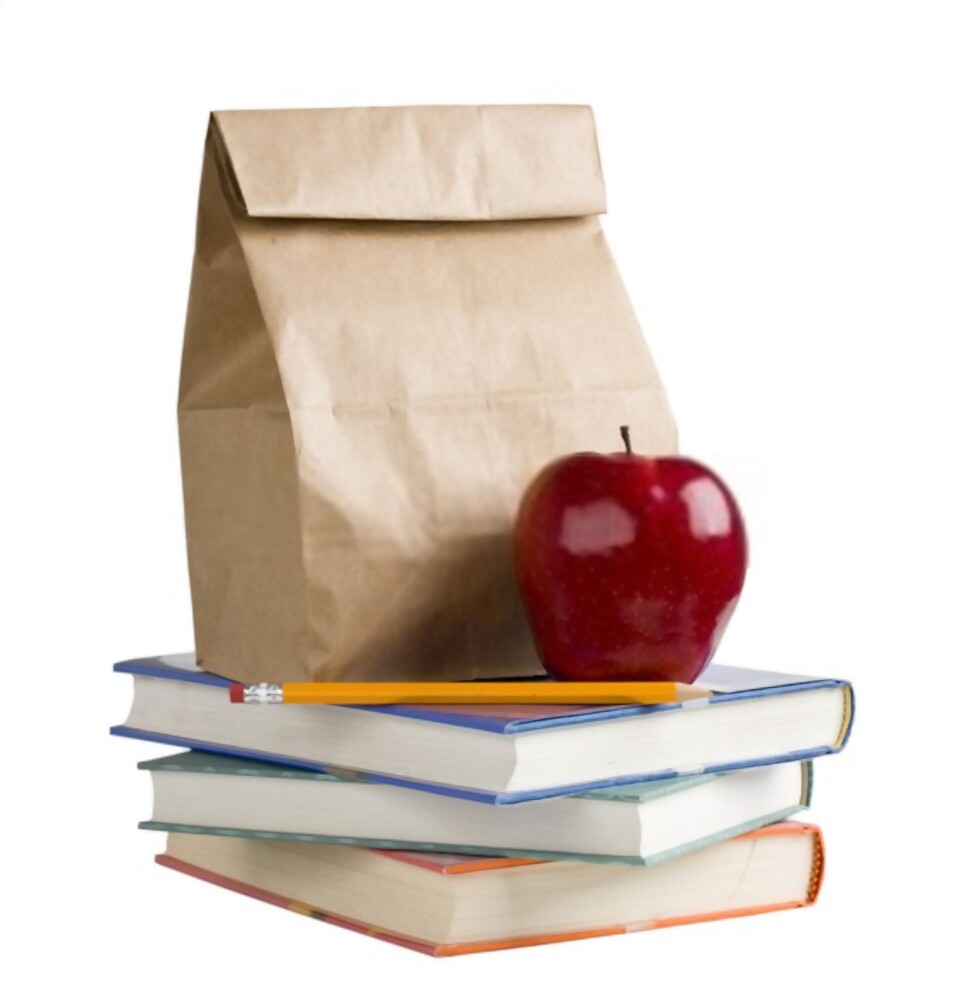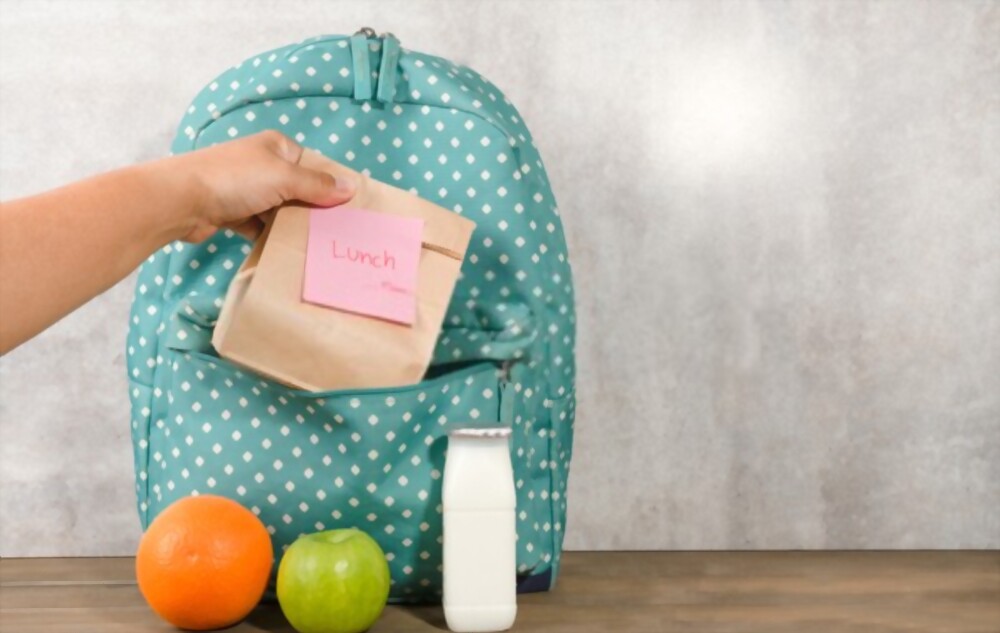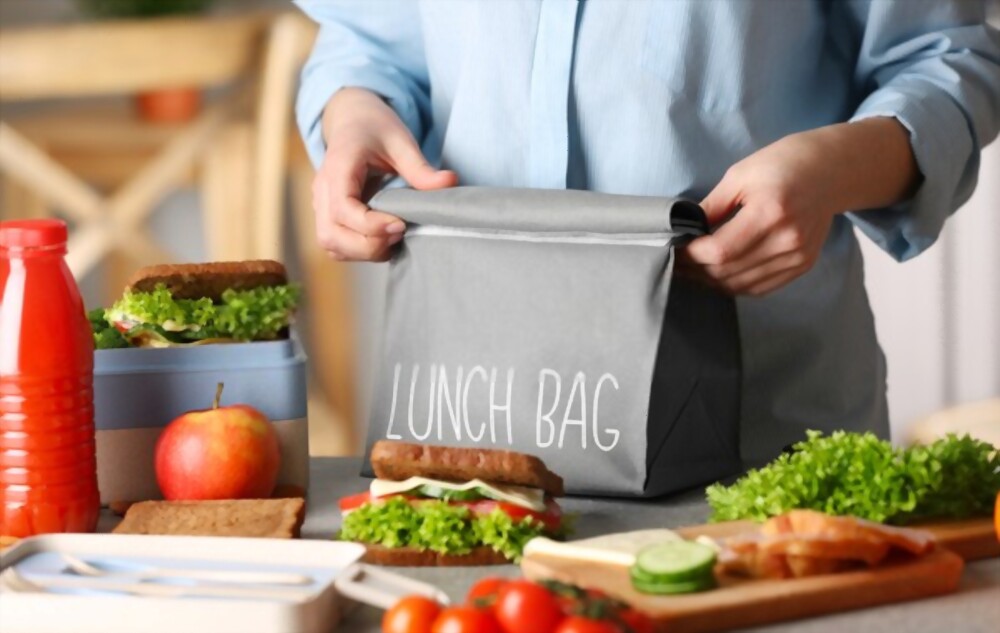Have you ever packed a lunch for work or school, only to realize your lunch bag is either too small or too big? It can be frustrating and inconvenient, not to mention the wasted effort if your food doesn’t fit. That’s why knowing the different lunch bag sizes is crucial to make sure you can pack the right amount of food and keep it fresh throughout the day.
The dimensions of a standard lunch bag are approximately 10 inches in height, 5 inches in width, and 3 inches in depth when it is fully opened and loaded with food.
In this post, I will explore the various lunch bag sizes available and their benefits so that you can make the perfect choice for your needs. Get ready to up your lunch game!
Standard Lunch Bag Sizes

Lunch bags come in various sizes, but there are a few standard options that are commonly available. These sizes are designed to accommodate different needs and preferences. Here are some common standard sizes of lunch bags:
- Small: Small lunch bags are typically compact and portable. They are suitable for carrying a single meal or snack and may have limited space for additional items like utensils or drinks. Small lunch bags often measure around 6 inches to 8 inches in width, 4 inches to 6 inches in depth, and 8-10 inches in height.
- Medium: Medium-sized lunch bags offer a bit more room than small ones. They provide space for storing a larger meal along with a few extra items like fruits, snacks, or a small water bottle. The dimensions of medium-sized lunch bags can vary, but they generally fall within the range of 8-10 inches in width, 6-8 inches in depth, and 10-12 inches in height.
- Large: Large lunch bags are suitable for those who need to carry multiple meals or have specific requirements for their lunch. These bags often have enough space to accommodate multiple food containers, drinks, snacks, and utensils. The dimensions of large lunch bags can range from 10-12 inches in width, 8-10 inches in depth, and 12-14 inches in height.
It’s important to note that these are general guidelines, and actual sizes may vary depending on the lunch bag’s brand, style, and specific design features.
Lunch bag capacity and volume:

The capacity and volume of a lunch bag refer to the amount of space available inside the bag to hold food and other items. Lunch bag capacity is typically measured in terms of liters or quarts. However, it’s important to keep in mind that capacity may vary depending on the shape and design of the bag.
To determine the capacity of a lunch bag, you can consider the dimensions of the bag and calculate its volume. Multiply the width, depth, and height of the bag in inches or centimeters to get the volume in cubic inches or cubic centimeters. You can then convert this volume to liters or quarts for easier understanding.
For example, if a lunch bag has dimensions of 10 inches (width) x 6 inches (depth) x 8 inches (height), the volume would be 480 cubic inches. To convert this to liters, divide the volume by 61.024 (the conversion factor from cubic inches to liters). In this case, the approximate capacity would be around 7.87 liters.
It’s worth noting that lunch bags often have some flexibility and can be expanded or compressed slightly to accommodate different amounts of food and items.
Materials used for lunch bags:
Lunch bags are typically made from various materials, each with its own advantages and characteristics. Some common materials used for lunch bags include:
- Polyester: Polyester is a durable and lightweight synthetic fabric commonly used for lunch bags. It is easy to clean, water-resistant and provides good insulation to keep food fresh.
- Nylon: Nylon is another popular choice for lunch bags. It is known for its strength, water resistance, and resistance to stains. Nylon lunch bags are often lightweight and easy to clean.
- Neoprene: Neoprene is a synthetic rubber material that is often used for lunch bags. It provides excellent insulation, helping to keep food at the desired temperature. Neoprene lunch bags are also flexible and stretchable, allowing them to accommodate various container sizes.
- Insulated Foam: Some lunch bags feature an insulated foam lining that helps maintain the temperature of the food. These bags are excellent for keeping items hot or cold for an extended period.
- Canvas: Canvas lunch bags are made from a sturdy woven fabric that is durable and easy to clean. While they may not have built-in insulation, they can be paired with ice packs or insulated containers to help maintain the temperature.
These are just a few examples of materials used for lunch bags, and there are other options available in the market as well.
Related: What Are Ziploc Sandwich Bag Sizes?
Are Lunch Bags Reusable?
If you are using paper lunch bags, they are not designed to be reused and are meant for single use only. However, you can recycle paper bags after use.
On the other hand, reusable lunch bags made from materials such as canvas, nylon, or neoprene can be reused many times over. These bags are durable and washable, making them a more sustainable option for packing lunches.
It’s important to note that if you are reusing a lunch bag, you should make sure it is clean and free from any leftover food or spills. Regularly washing your lunch bag with soap and water can help to prevent any bacteria growth and ensure it is safe for future use.
Brown Lunch Bags:
Paper bags have the advantage of being biodegradable and environmentally friendly, as they can naturally decompose without causing harm to the ecosystem. Furthermore, some paper bags are made from recycled materials, which can aid in the conservation of resources and the reduction of waste.
However, when deciding on using brown paper bags for your lunch, it’s vital to consider the complete product lifecycle and whether other more sustainable options are available, such as reusable lunch bags or containers. Additionally, it’s crucial to recycle paper bags after use to decrease waste and lower their ecological footprint
It’s important to take a broader perspective when choosing brown paper bags for your lunch. Reusable lunch bags or containers are a more sustainable option, as they can be used repeatedly, reducing the need for single-use bags. Plus, recycling paper bags after use can help to minimize waste and lessen their environmental impact.
How To Store Food In Lunch Bags?

Storing food properly in a lunch bag or lunchbox is important to ensure that it stays fresh and safe to eat. Here are some tips to help you store your food in a lunch bag or lunchbox:
- Use an insulated lunch bag or box: An insulated lunch bag or container will help keep your food at the right temperature. This is especially important if you are packing perishable items like meat or dairy products.
- Pack food in airtight containers: Use airtight containers to prevent spills and leaks and keep your food fresh. This will also help prevent cross-contamination if you are packing different types of food.
- Use ice packs: If you are packing perishable items, use ice packs to keep them cold. Place the ice packs in the bottom of the bag or box, and then fill your food on top.
- Separate hot and cold items: If you are packing both hot and cold items, use separate containers and keep them in separate parts of the bag or box.
- Avoid packing foods that spoil quickly: Avoid packing foods that spoil quickly, such as mayonnaise-based salads or raw seafood. These items should be kept cold at all times to prevent the growth of bacteria.
- Clean your lunch bag or box regularly: Clean your lunch bag or box after each use to prevent the growth of bacteria. Use soap and warm water to wash the inside and outside of the bag or box, then let it air dry.
Factors to Consider When Choosing a Lunch Bag Size
Frequency of use:
This is a crucial factor to consider when choosing a lunch bag size. If you plan to use it daily, you might need a larger size to accommodate all your food items. However, if you only use it occasionally, a smaller size may be more suitable.
Types of containers to be packed:
It is essential to consider the types of containers you will be packing in your lunch bag. If you plan to pack bulky containers, such as Tupperware, you might need a larger bag to accommodate them comfortably.
Portability and ease of carrying:
You should also consider how easy it is to carry the lunch bag. If you are commuting or walking long distances, a smaller and more portable size may be more comfortable. However, if portability is not an issue, a larger bag may be more practical.
Customization:
Some people prefer personalized lunch bags that match their personal style or interests. In this case, the size will depend on the customization options available. A smaller bag may limit your customization options, while a larger one may offer more space for customization.
Related: What Are The Chip Bag Sizes?
FAQs
What is the volume of a lunch box?
The volume of a lunch box can vary depending on its size and shape. To find out the volume, measure the length, width, and height of the lunch box in centimeters. Then multiply these three numbers together to get the volume in cubic centimeters.
What material is used for lunch bags?
Lunch bags can be made from a variety of materials such as neoprene, polyester, canvas, PVC, or nylon. Some lunch bags are also insulated to keep food at the desired temperature. It depends on personal preference and the intended use of the lunch bag.
How do you pack lunch in a lunch bag?
To pack lunch in a lunch bag, first choose an appropriate container for each food item, such as a Tupperware container for sandwiches or a plastic bag for snacks. Place the containers in the lunch bag and add any necessary utensils or napkins. Consider using an ice pack to keep perishable food cold.
How do you clean a Montii lunch bag?
To clean a Montii lunch bag, wipe the interior and exterior with a damp cloth and mild soap if necessary. Do not immerse the bag in water or put it in the washing machine, as this can damage the insulation and materials. Allow the bag to air dry completely before using it again.